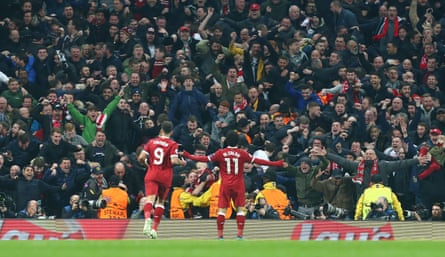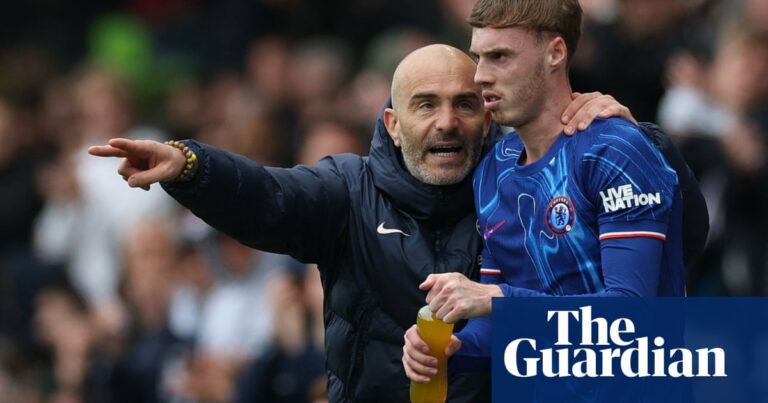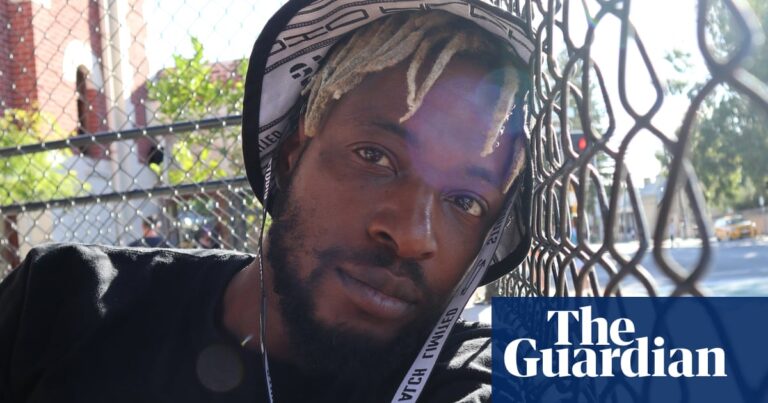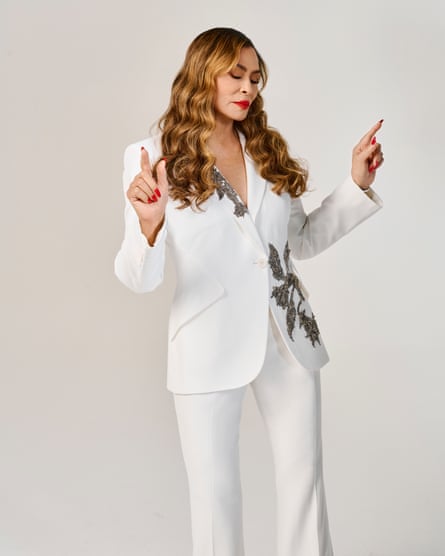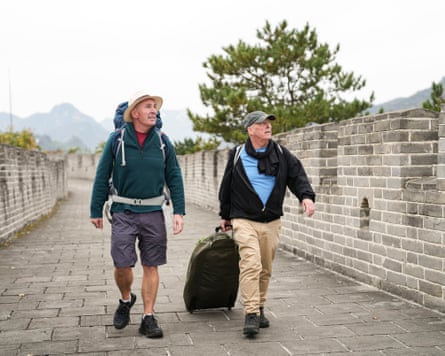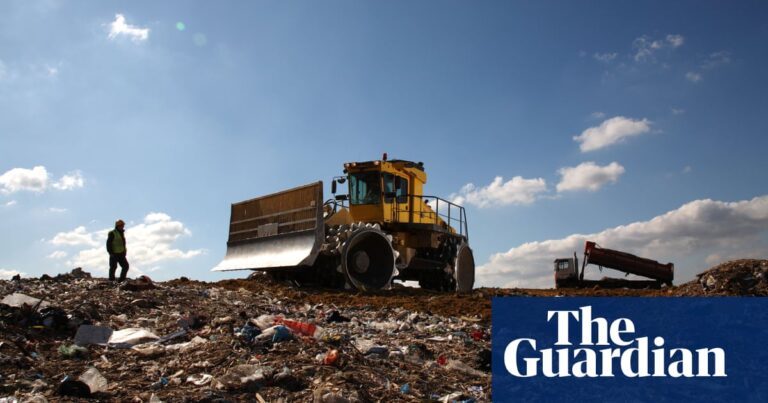“Tennis,” a head coach from a prestigious club in Surrey casually remarked to me, “will never have a Marcus Rashford.” The throwaway comment was made at a sparsely attended coaching forum on diversity in tennis in 2022. Less than six months later, I was at Surrey’s under-9 girls’ county cup with nine-year-old Sabein Weldegebriel, whose mother is from Ethiopia. I coach her in a park next to a south London council estate.
Sabein’s success at getting to county level should give me hope that the head coach was wrong, but having been in this sport for 20 years, it is hard for me not to agree with him. Why? Because the costs of becoming a professional tennis player are prohibitive to most kids, and the tennis establishment does very little to nurture talent in the way sports like football do.
There is a consensus that every year of a player’s life translates roughly into how many hours a week they need on court to be on the pathway to performance tennis. With a private lesson costing anywhere between £35 and £90, and group sessions averaging £14 an hour in south-east England, Sabein’s mother would need to find a minimum of £500 a month.
Sabein has had 100 hours of unpaid lessons with me over the past 12 months. We spotted her talent straight away when she came to G Tennis (grassroots tennis) about four years ago. A local charity that supports single parents, the Cheer Trust paid for initial group sessions, but the rest G Tennis has provided for free. In addition to coaching costs and the £700 in court fees to Lambeth council, there is the expense of tournament entry, travel and equipment.
Luckily, G Tennis has some incredibly generous friends, family and clients who have donated money to help Sabein’s progress. She got through to the quarter-finals of the Surrey county cup last August, was in the top eight for county selection this year and has won her last three tournaments without dropping a set.

At a poorly attended talk I gave about diversity and inclusion at the Surrey Tennis county forum, one audience member told me that she had questioned a committee member at her tennis club about its lack of diversity and asked what they could do to remedy the situation. The response she got was: “The Black kids play football and the Asian kids play cricket. I think we’re OK.”
I really hope that attitude is a minority one, but I have witnessed racism towards south Asians playing tennis and have a close Black friend who was mistaken for a cleaner when playing in a tournament at a prominent club in west London a few years ago. I fear there may be similarities between cricket and the tennis world, where some people are not quite ready to embrace all our communities with their untapped pool of talent.
When I talk to people outside the sport, they always say: “Doesn’t the Lawn Tennis Association (LTA) step in and fund the players?” My answer is always yes, when a player is exceptionally good and ranked regionally high – but to get a player to that level requires thousands of hours of coaching and a second salary to pay for it. The truth is the LTA very rarely funds players from less affluent backgrounds because they simply never reach that point in their development.
Even though Sabein is in the under-10 Surrey county squad, to get to that higher level where she qualifies for LTA funding, she is competing against girls who are having more than 10 coaching hours a week, and some are even flying around the country playing tournaments to chase a higher ranking.
Every Wimbledon we hear the same old question: “Why don’t we have more players in the second week?” My answer every time is: “If you get more kids playing at the grassroots, more will filter through if the pathways are created.” There are some great LTA initiatives out there for children to initially try tennis, but the challenge remains: when we identify a talented child not from an affluent family, how do we give them access to what they need to excel? As of now, there is no recognised route.
So what’s the solution? Clubs need to be more inclusive so that a broader demographic of people look at tennis as a sport they can not only play but also become committee members and even work in. And coaches need to make coaching more accessible.
G Tennis has launched Young Champs, a charity to do just that. Our campaign Project 10K – backed by some big tennis hitters, including Jack Draper – aims to get 100 clubs and coaches to offer two hours a week of coaching at the genuinely affordable rate of £2 an hour or less, resulting in 10,000 subsidised hours a year.
My hope is that the system can change so that, in years to come, kids like Sabein will have a chance to grace the hallowed turf in SW19. For now, thanks to a nice member of the LTA council, Sabein has a ticket for Wimbledon and will be watching from the sidelines, hoping that one day her dream to play there might come true. The romantic in me still wants to believe that a girl from an estate, raised by a single parent, could one day do it – but the stark reality is that everything is stacked against her.
-
Chris Marshall is a level 4 senior performance coach, and the co-founder of G Tennis and Young Champs
Source: theguardian.com









